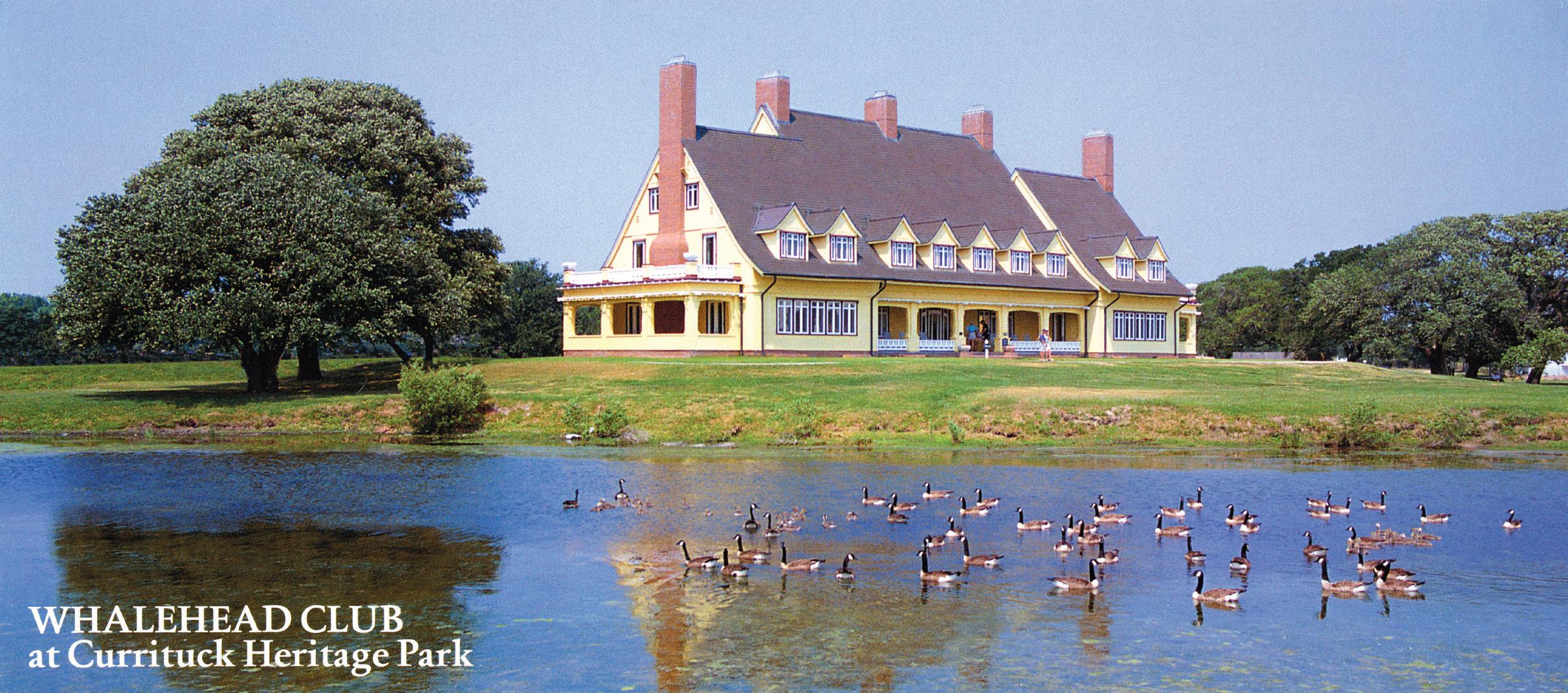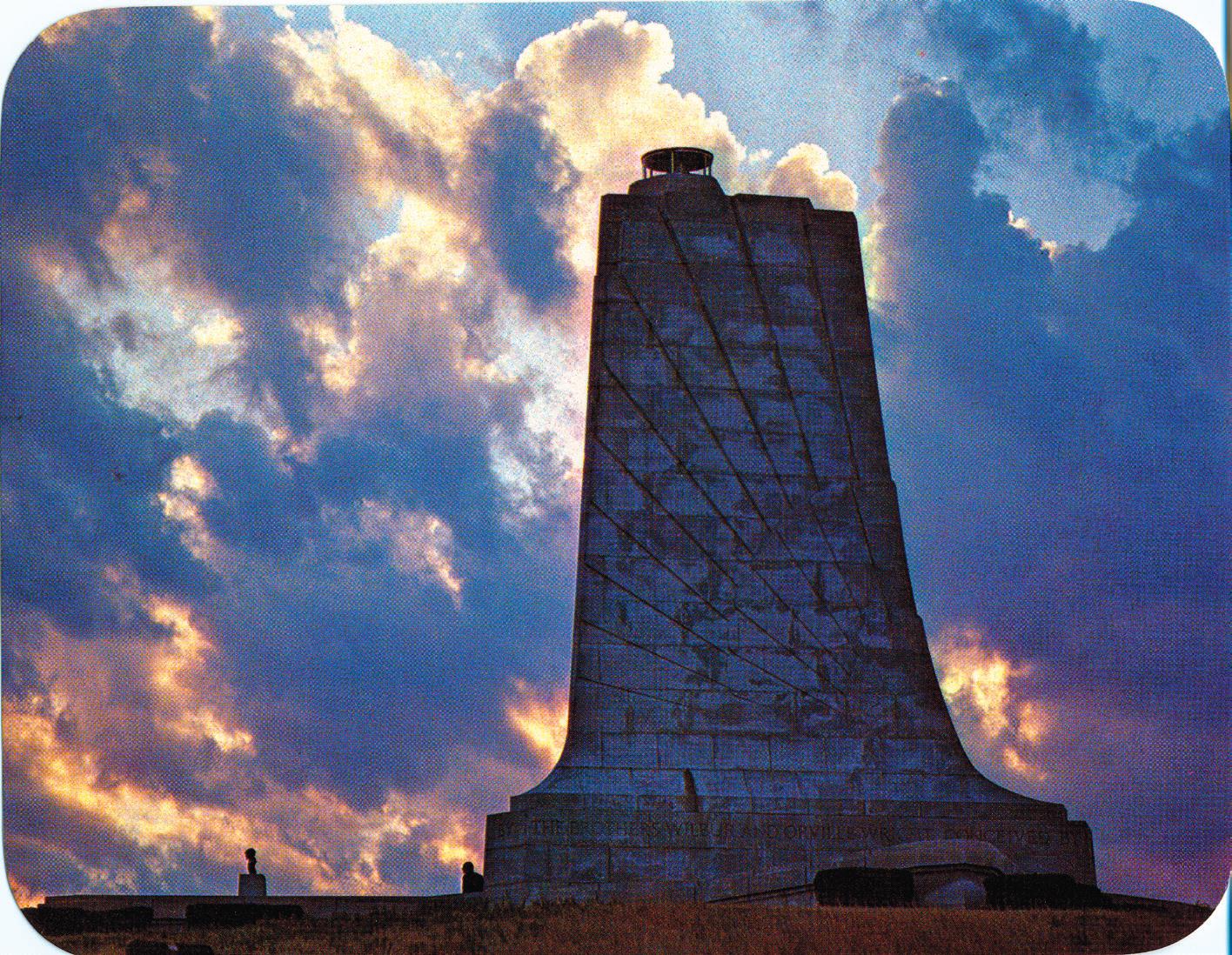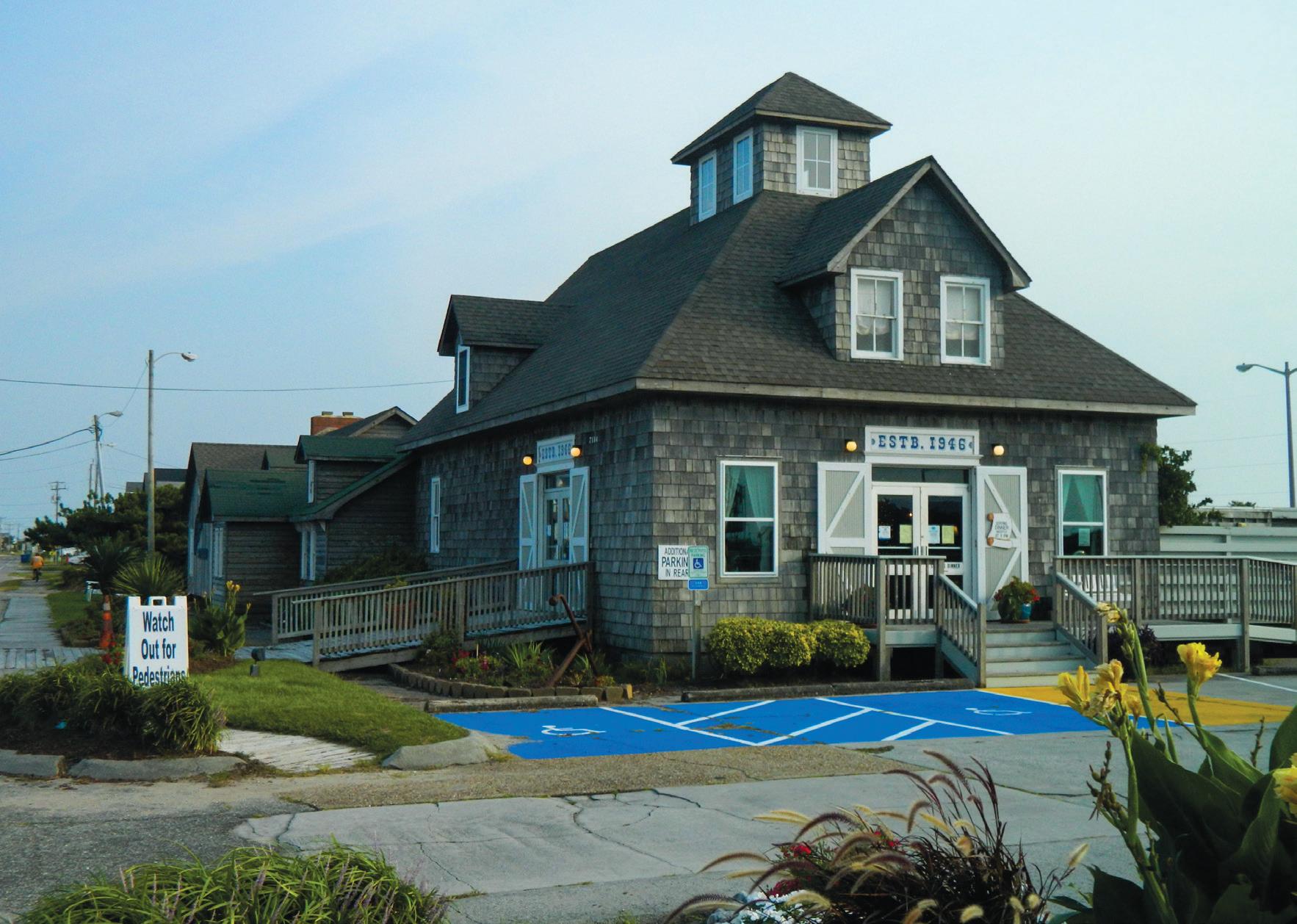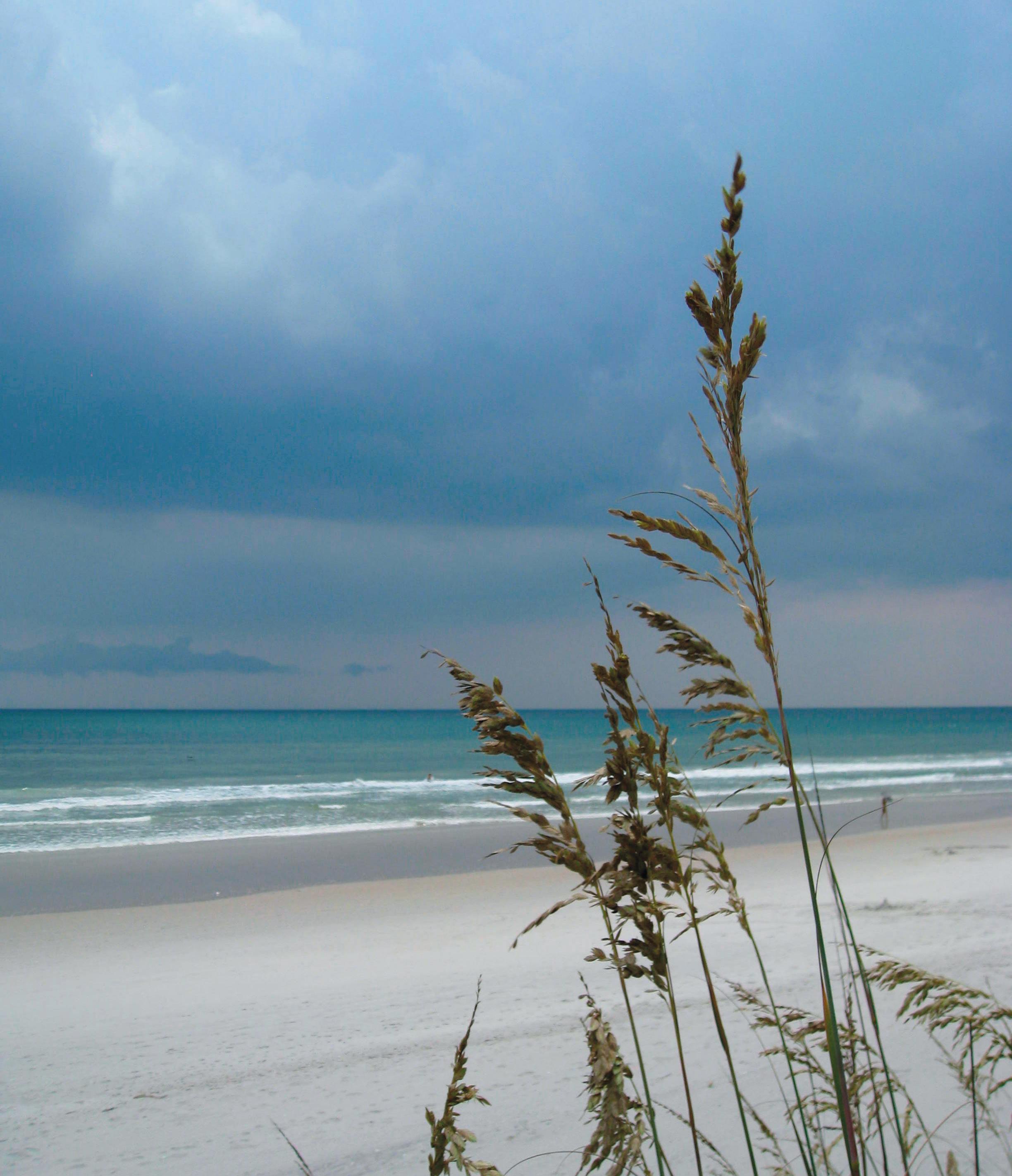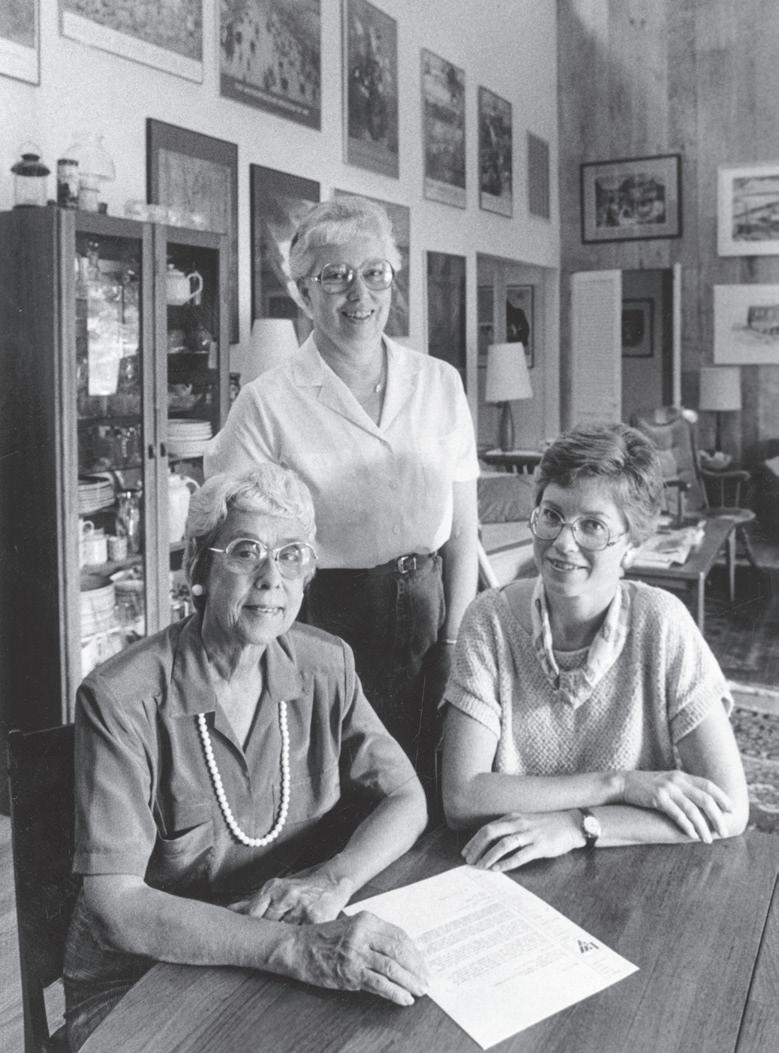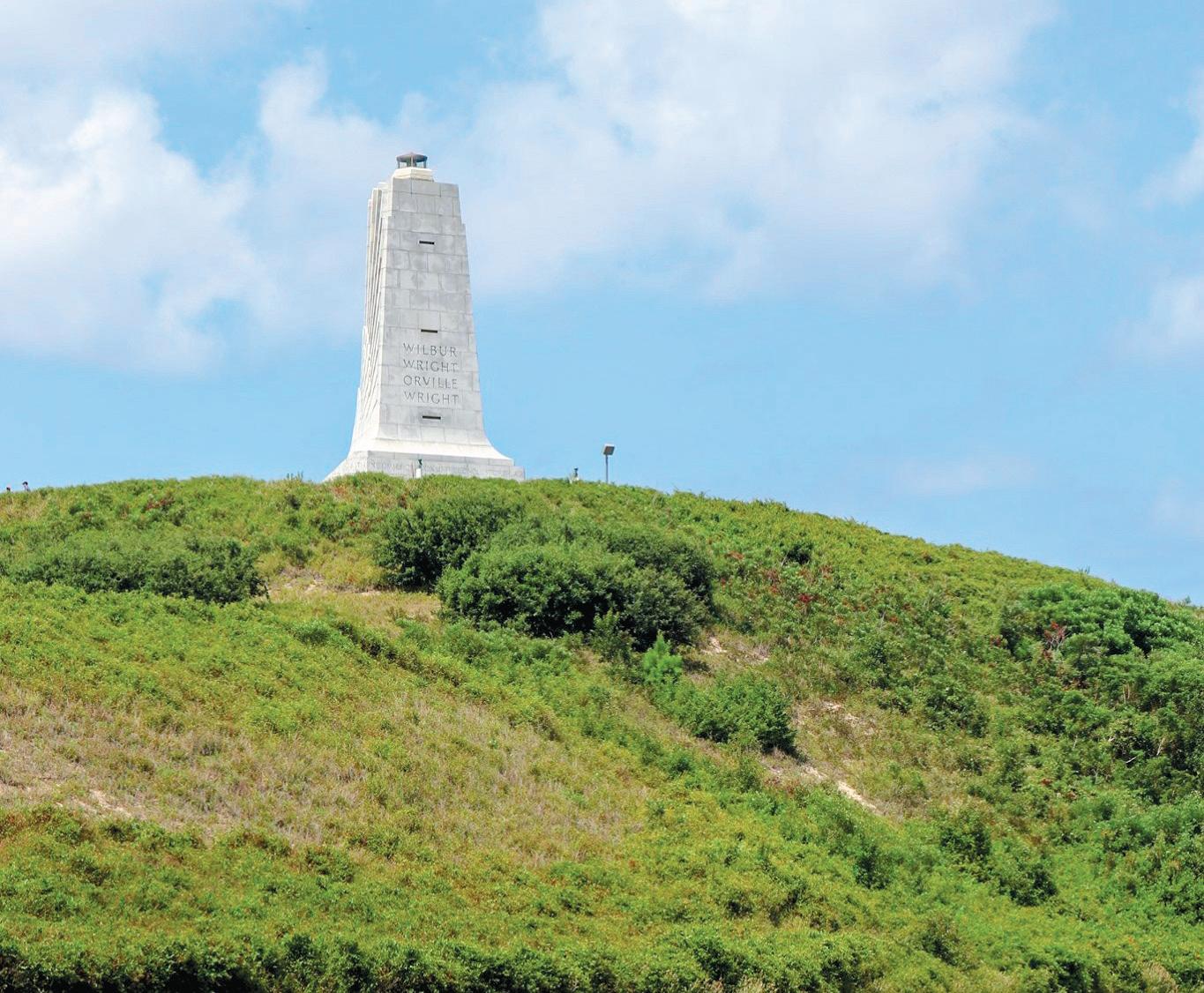18 • Outlook 2020
Real estate: Selling the Outer Banks by Philip S. Ruckle Jr. philip.ruckle@thecoastlandtimes.com Although Dare County makes up just a small portion of the United States as a whole, it has long been viewed as having prime real estate dating as far back as 1584 when Sir Walter Raleigh sent about 100 men to the New World to establish an English fort and settlement on the north end of Roanoke Island. That site was abandoned and the following year another party of 110 English colonists, including women and some children, came to Roanoke Island in July of 1587. However, when Capt. John White returned in 1590 with much-needed supplies, there was no sign of any colonists. Settlers had already migrated here from north of the current Virginia state line when King Charles II issued a land grant in 1663. It was around the mid-1600s that a permanent settlement was finally established here. Then, in November of 1789, North Carolina became the 12th state to ratify the United States Constitution. Manteo, a major focal point for business and trade, became a government center in 1873 with the establishment of a post office and the town was incorporated 26 years later. According to the writings of historian David Stick, even with some big-time early property transfers, any organized real estate activity was slow coming to the Outer Banks. When summer tourists began showing up in the 1830s, there were very few government rules or regulations. In 1870, using parts of Currituck, Hyde and Tyrrell counties, the General Assembly voted to create Dare County, named for Virginia Dare, who was the first child born of English parents in America. In 1920 the General Assembly took away from Currituck the north banks area of Kitty Hawk Bay to Caffey’s Inlet and added it to Dare. Roanoke Island was already seeing orga-
PHILIP S. RUCKLE JR. PHOTO
Birth of the flat-top cottage, dwellings characterized by their no-pitch roofs and clean, mid-century modern lines that blended in with the dunes, is credited to artist and developer Frank Stick. Popular in an area that is now Southern Shores, 80 of them were built with less than half them remaining. This structure at 13 Skyline Road in Southern Shores is home to The Outer Banks Community Foundation, a public charity established to help meet local needs.
nized land development at the turn of the century and Nags Head, just a short boat ride across the sound from Manteo, was one of the first beach areas eyed for development where individual lots were transferred by metes and bounds descriptions. By the latter part of the century, however, regular summer visitors became more interested in locating their cottages closer to the ocean, and there was more development activity. As word got out about the Outer Banks paradise, an influx of northern sportsmen soon took place and large tracts of land from Currituck to Ocracoke were put together for private hunting clubs. Then, in 1926, Allen R. Hueth and Frank Stick came to the Outer Banks from Asbury Park, NJ on a fishing and hunting trip. Falling in love with the place, they envisioned a resort community spread from Kitty Hawk to Hatteras and went to work buying up Outer Banks real estate. Hueth and Stick purchased an ocean-tobay tract in 1927 began developing it under the name of Virginia Dare Shores. It was the first full-scaled planned real estate development on the Outer Banks with a pavilion designed to host concerts, dances and other programs for excursion patrons coming in by steamboat from Elizabeth City and the Tidewater area of Virginia. In 1928, the pavilion also served as headquarters for the 25th anniversary of the December 17 first flight commemorative festivities and banquet. Vehicular access to the Outer Banks was extremely limited, with most roads composed of sand, clay or mud. The first Roanoke
Sound Bridge opened to traffic in 1928, followed by the first Currituck Sound Bridge two years later. In time, the State of North Carolina built an asphalt road connecting the two wooden structure toll bridges, Virginia Dare Trail, opening the area to tourists with more moderate incomes. It also helped make 16 miles of land from Kitty Hawk to Nags Head prime oceanfront property. At the end of World War II, Frank Stick acquired an option on a 2,600 acre ocean to sound tract north of the Currituck Sound bridge causeway. David Stick, Frank’s son, noted that his dad paid $30,000 for a fourmile stretch of barren beach, sand hills, wood, swamp and marsh called Southern Shores. Today, that area – incorporated into a town in 1979 – is valued well over $430 million. According to the younger Stick, back then, paying $25 for a state privilege license was all that was needed to be in the real estate business. There was no requirement to know anything about either real estate or running a business. Development continued to take place and, a couple of years later, a representative from the North Carolina Association of Realty Boards came to Manteo to discuss the advantages of local agents forming a Dare County Board of REALTORS®. There was, however, little interest with only about a half dozen becoming members by the mid-1950s when the legislature passed a real estate licensing law. The Dare County Board of REALTORS® was chartered in November 1962 and has

